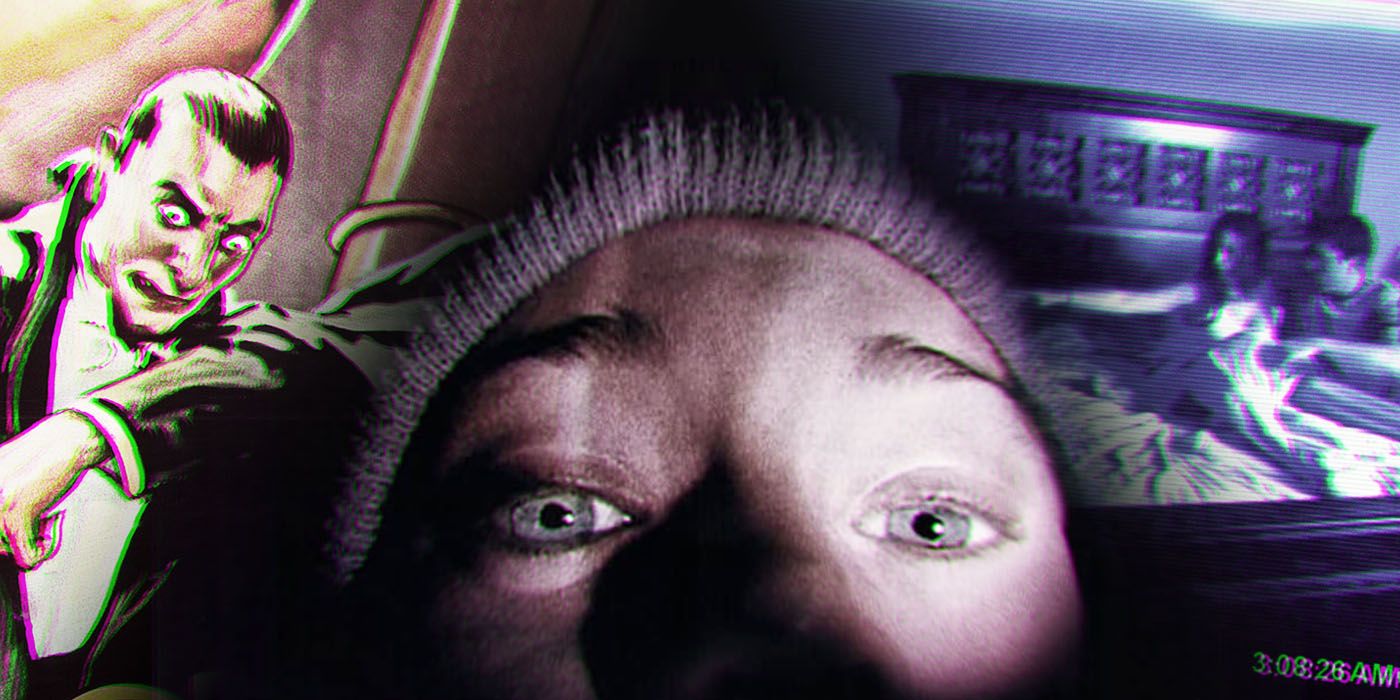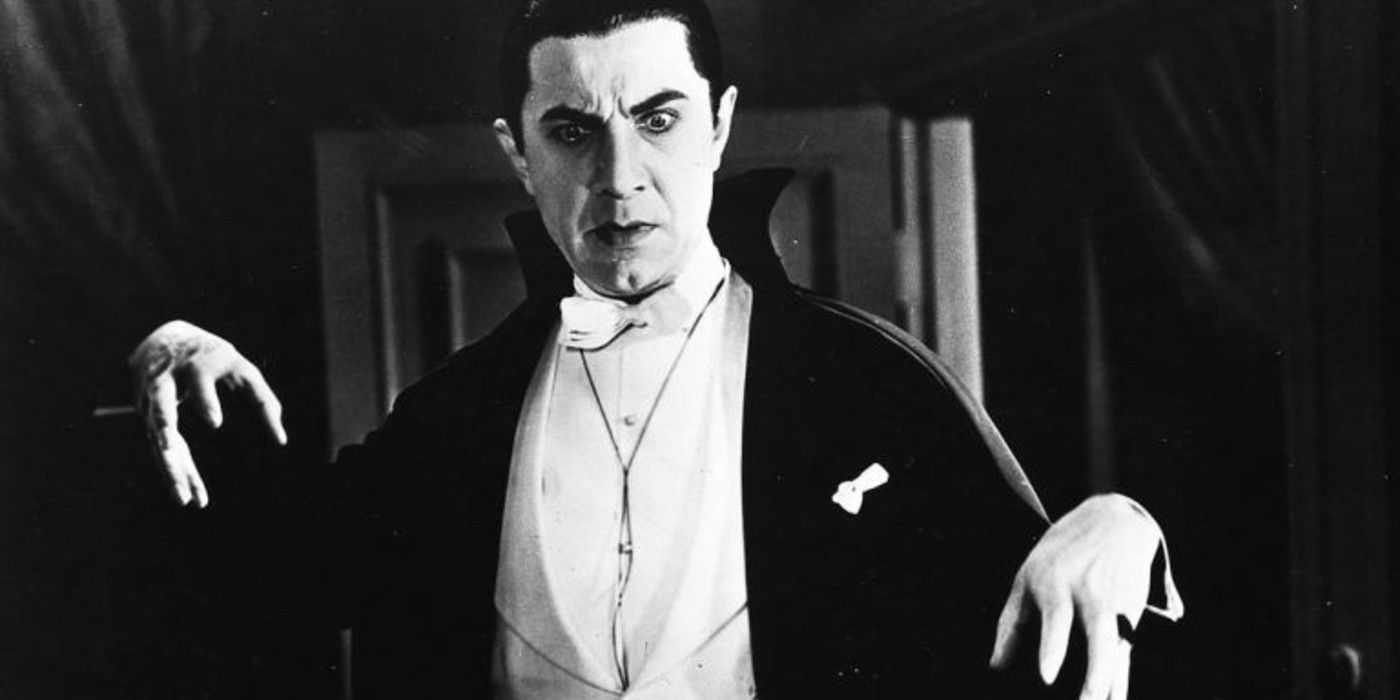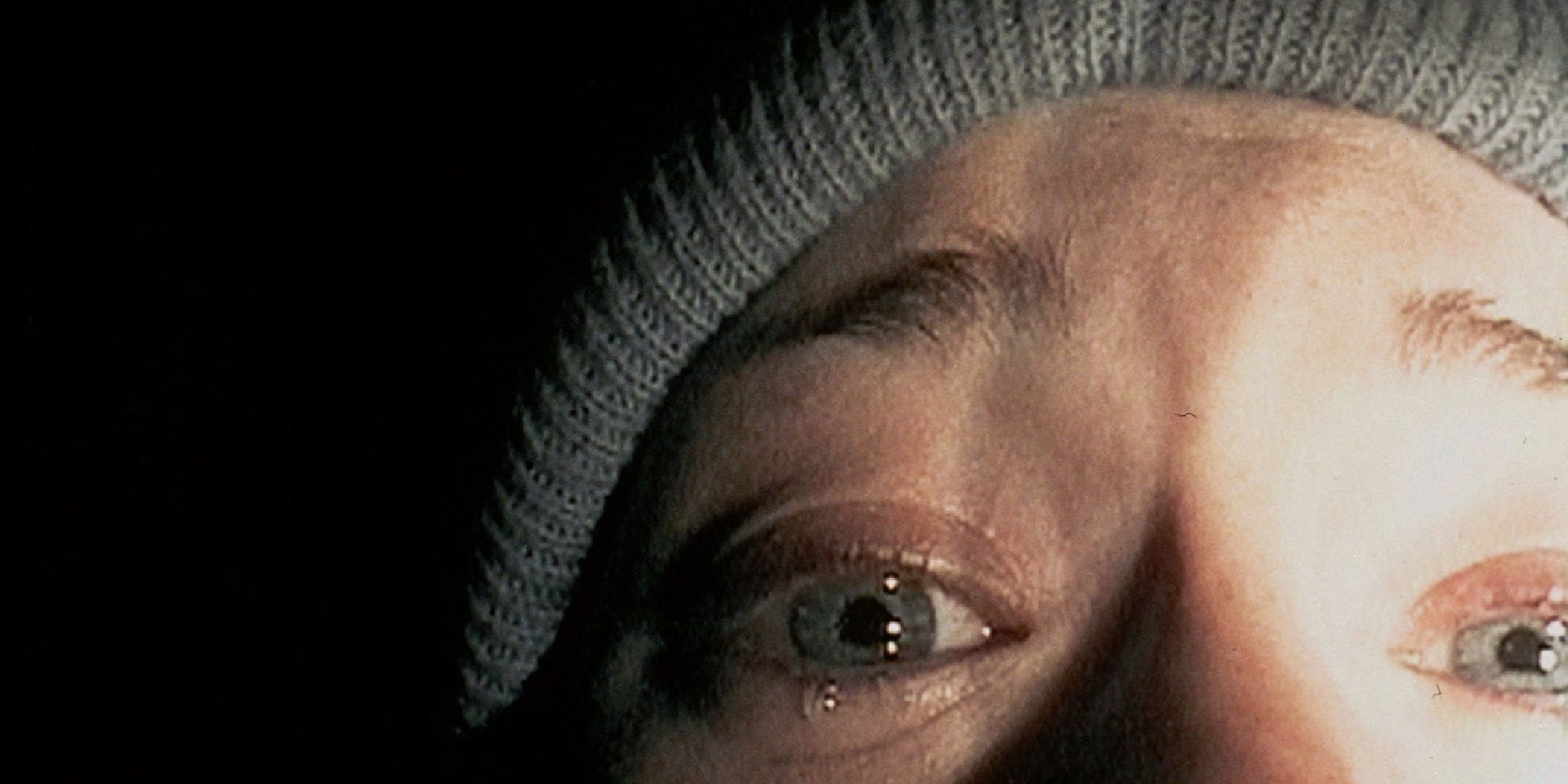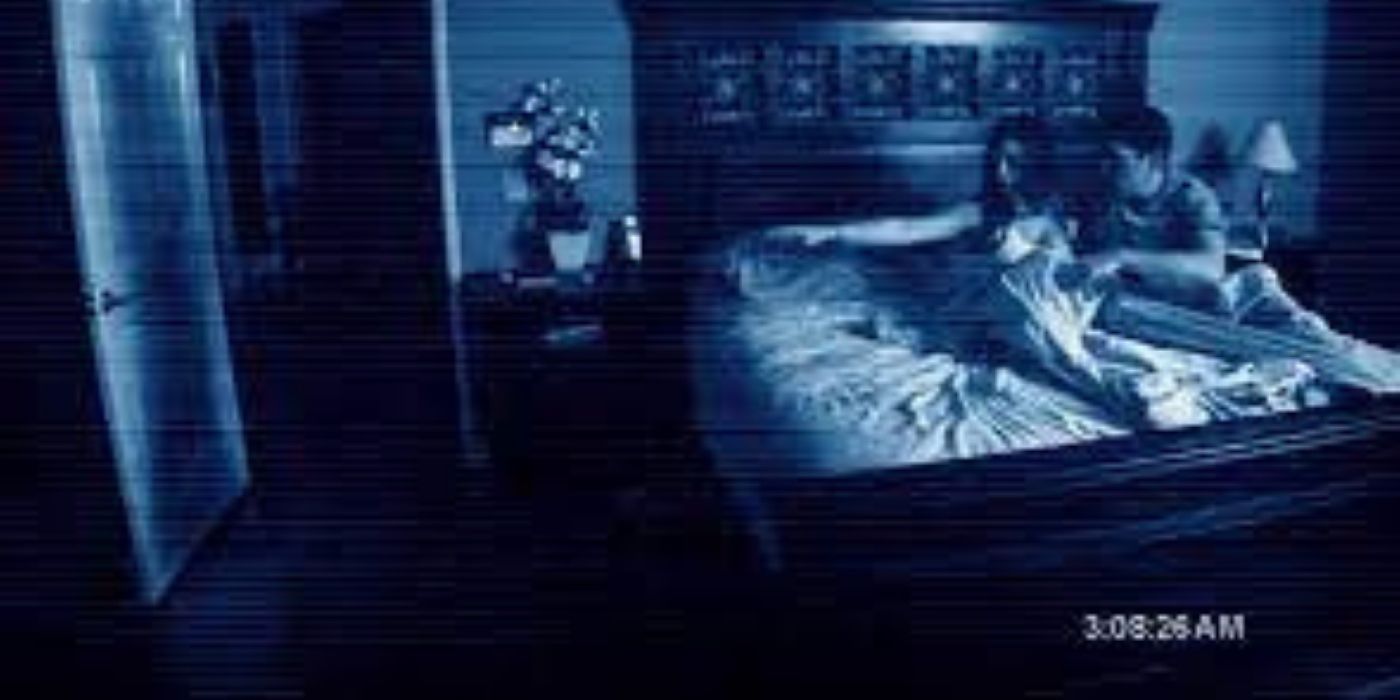The Blair Witch Project arrived in cinemas during a perfect storm. Movies were trending toward big-budget pictures, and the Internet was in its infancy. Thus, a relatively small horror narrative with a wide release was curious, to say the least. Along with it came a viral website, all of which was intended to make the viewer go in believing that what was about to flash across their screen was not just horrifying, frightening, scary or gory but a true account of things that really happened.
Because of The Blair Witch Project, the face of horror suddenly changed. Large, world-shifting projects gave way to claustrophobic, shaky narratives lit with an eerie green, like the Paranormal Activity films. This isn't just because of The Blair Witch Project but because of a long-standing history of horror, which led to found footage becoming the hot subgenre of horror. What's more, though, is that found footage wasn't just a horror hot topic. In fact, it changed the way that horror was made, changing the genre into one that is far different, especially among low-budget horror.
Horror Has Been Low-Budget for a Long Time
Horror began as a staple of cinema for the same reason it endured as a scion of the underfunded. Horror costs very little to make. It's certainly possible to make brilliant horror with top-of-the-line effects; just look at Jordan Peele's pieces. However, Universal's horror films began as surefire moneymakers and brought the studio to prominence, and that trend led to increasingly low-budget sequels and name-dropping crossovers. Dracula star and horror icon Bela Lugosi's insistence on starring in low-budget B-movie horror quickly gave rise to horror as a low-budget endeavor.
Though there were plenty of monster movies and creature features with unparalleled special effects budgets, horror was uniquely accessible because of its minimal requirements: decent acting, bloody effects and a spooky atmosphere. These base requirements led to many subgenres of horror that emphasized the specific parts, but homemade videos and cheap horror films, in part, inspired pseudo-snuff films, which is where found footage truly started.
The Origins of Found Footage
The gory effect requirement of horror-inspired films is often referred to as "torture porn:" bloody movies with minimal plot. These inspired pseudo-snuff films, a sub-genre made to look like a real-life recording of someone being murdered. The two lived in a sort of macabre dance for some time, with torture porn finding more success as pseudo-snuff films remained relatively obscure.
That is until the tactics used to make pseudo-snuff films were visited upon not the bloody effects part of horror but the spooky atmosphere. The dark and creepy ambiance that had developed in horror over more than a half-century was recreated through shaky hand-cam-style footage made to look like a home video. This was integrated into the metanarrative of The Blair Witch Project, and this became the jumping-off point for found footage.
Low-Budget Horror Finds a New Onus
The raison d'être for low-budget horror began to shift after this, with films like Paranormal Activity shifting what a low-budget horror film meant. No longer were bad camera angles a project ender. In fact, making sure that the viewer couldn't see what was going on became a boon. Rather than paying for extensive effects and hoping that the project would not go over its meager budget, found footage horror became a new variety of horror entirely: a low-budget moviemaking schema that relied upon story and atmosphere rather than primo special effects.
This less-is-more approach stands in stark contrast to most movies, and it also requires less buy-in on the part of the viewer. Rather than suspending disbelief, viewers are told that the video was found in the woods or that it was sent to a studio with a note attached, making the viewer a part of the story and handing some storytelling duties to them. An example of this is Incantation, a Taiwanese found footage film that makes the viewer's awareness of the curse an essential part of the narrative reason for the video getting out to the public.
By redefining low-budget horror, found footage helped to make a spot that was traditionally occupied by B-movies and gorefests into one where new, exciting and -- most importantly -- spooky narratives were developed. This changed audience expectations and shook up what has long been a spot for relative mediocrity into one for bleeding-edge metanarratives. In this way, and by upping the standards for horror storytelling at all levels, found footage revolutionized horror.




